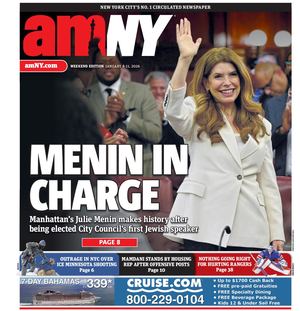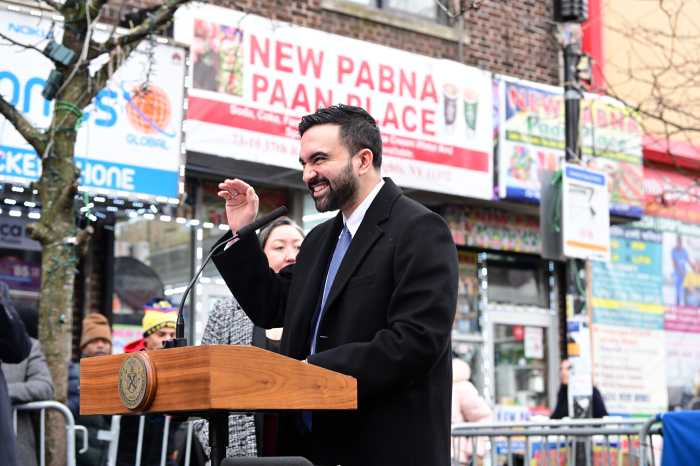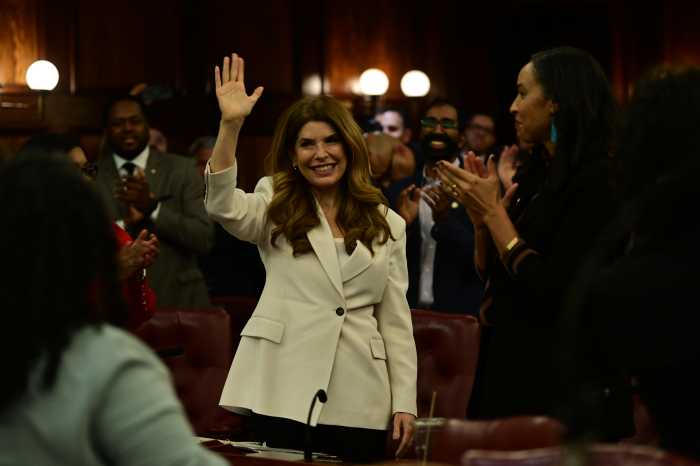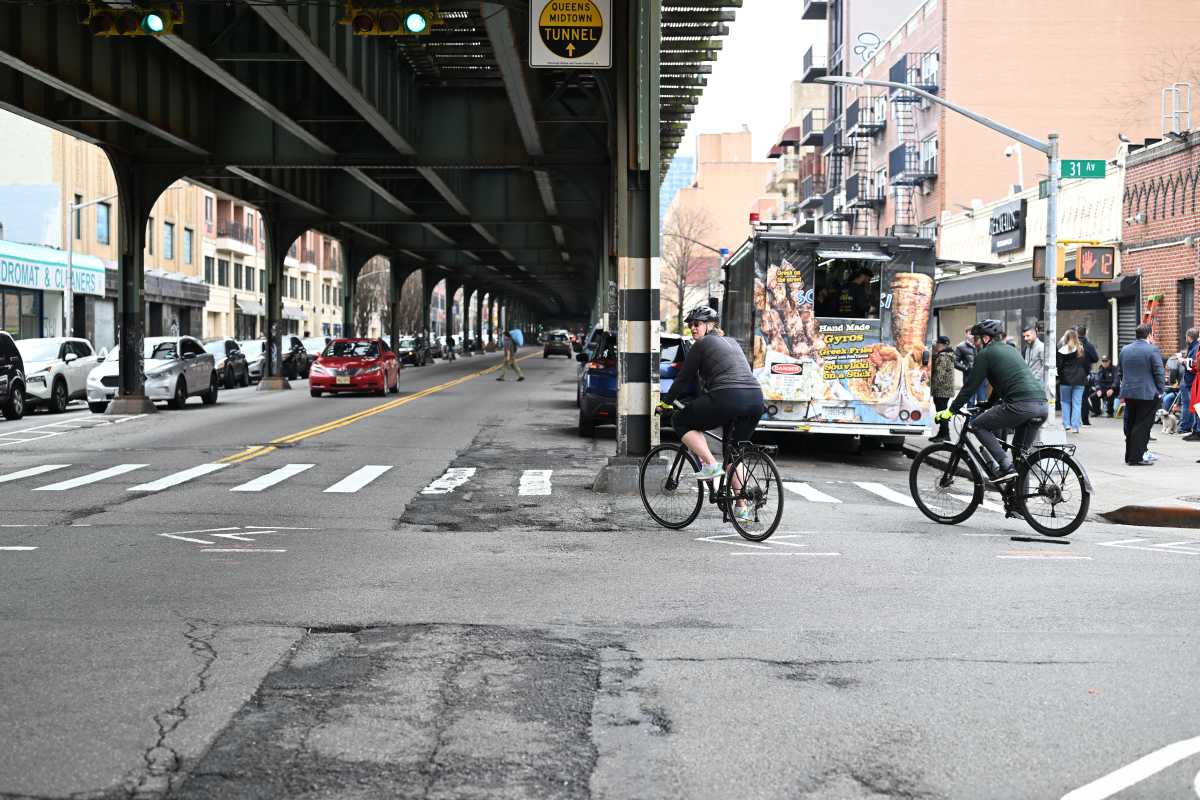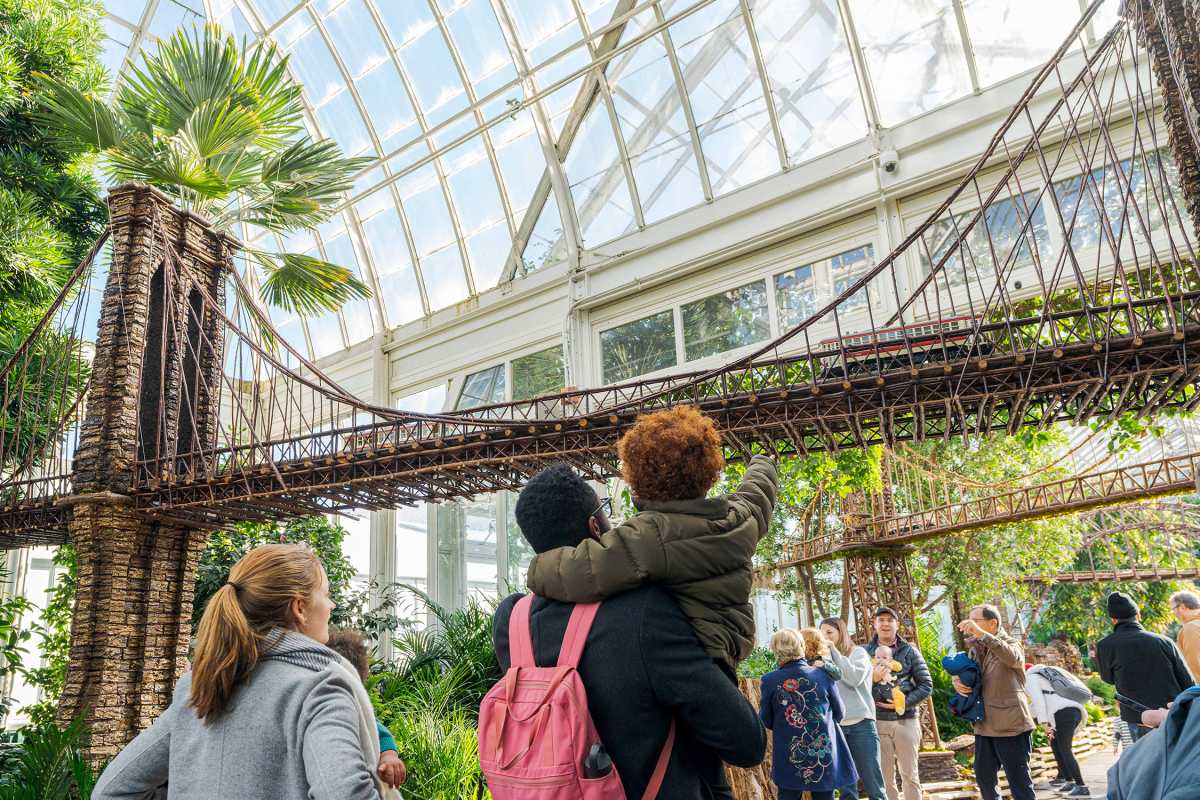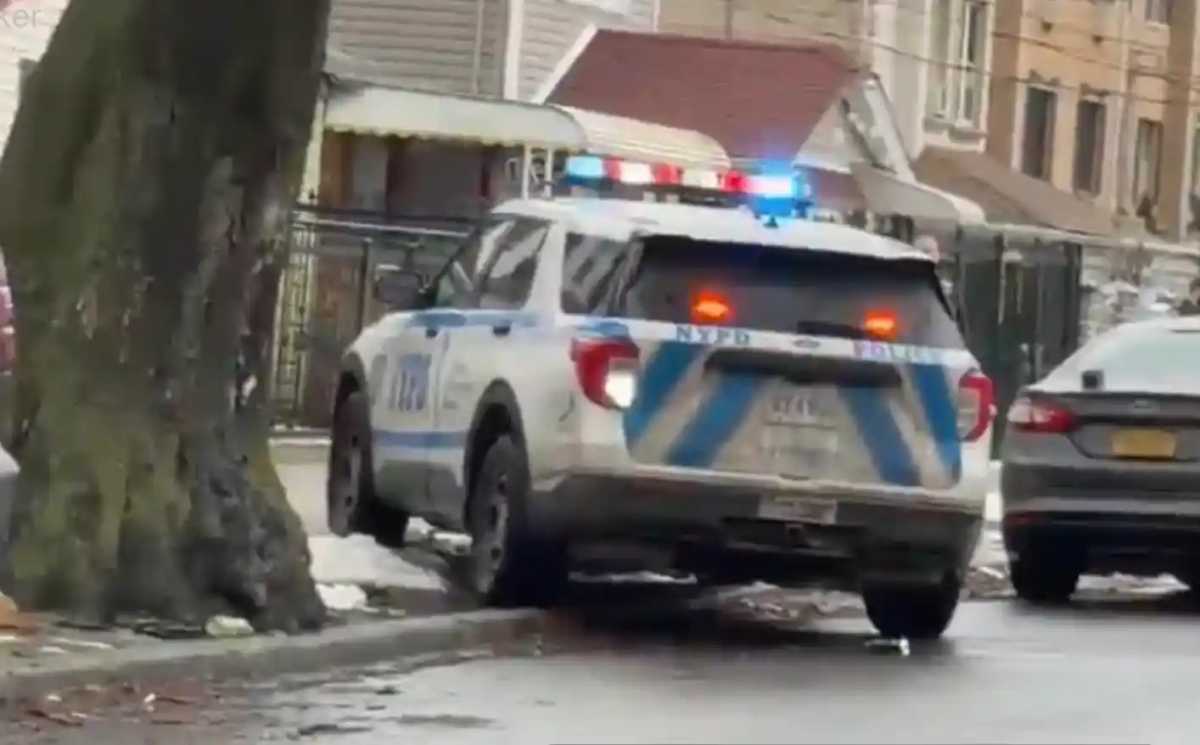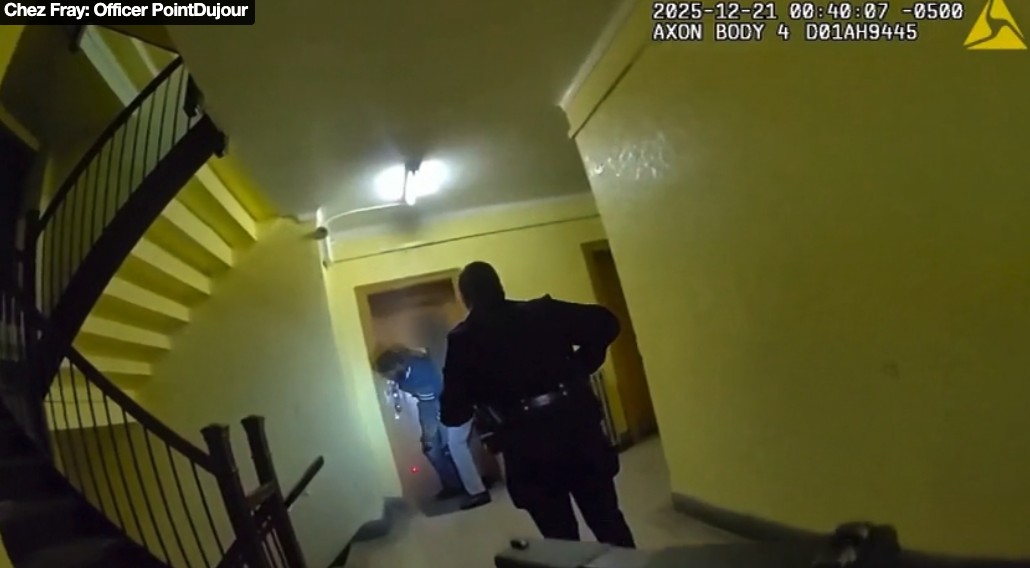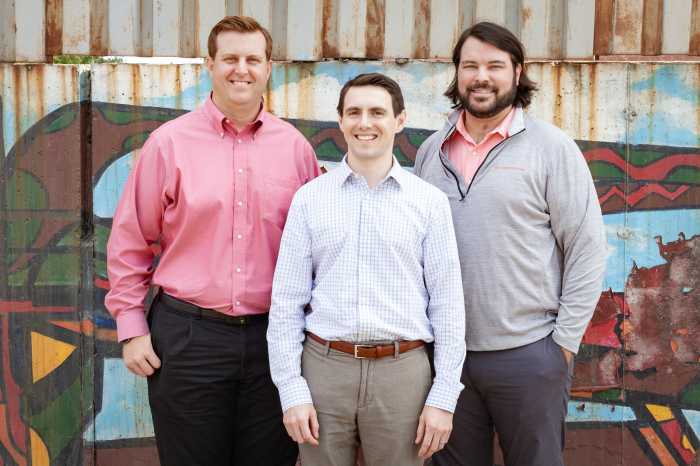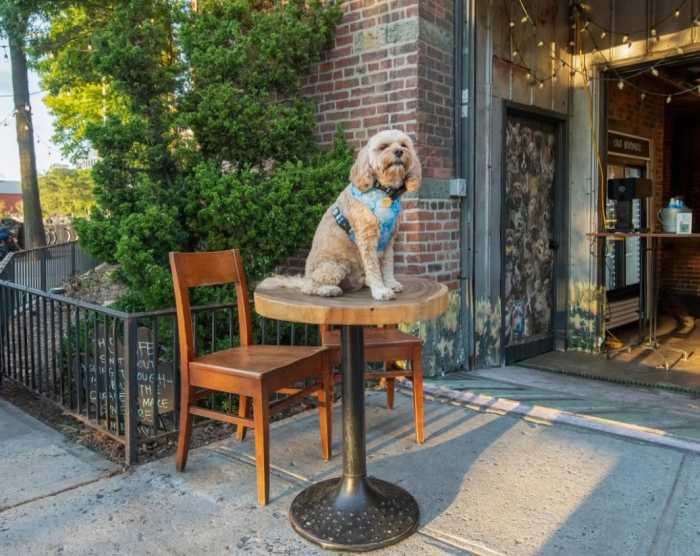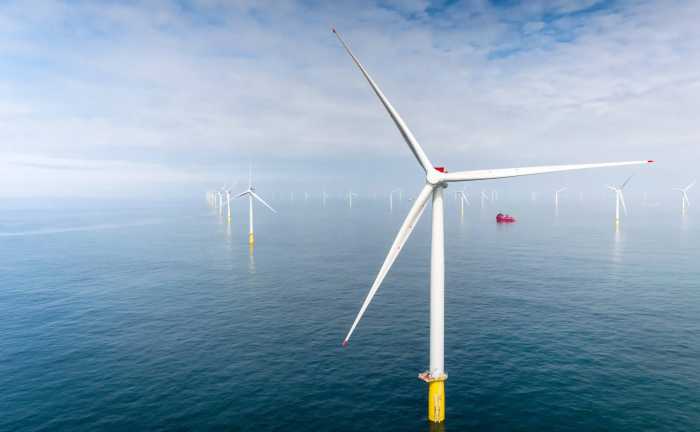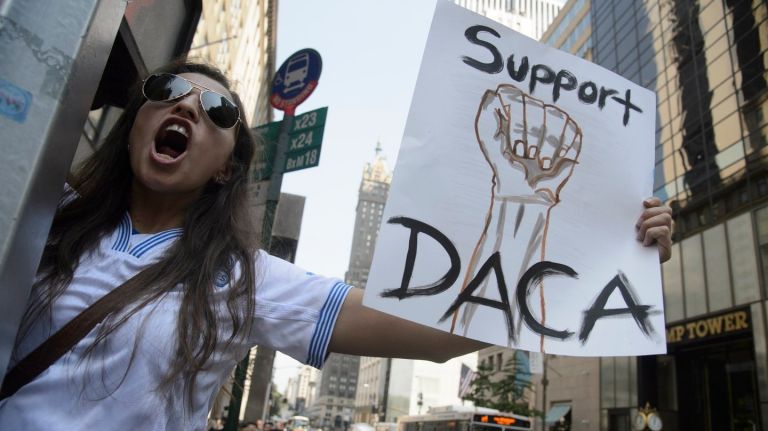
President Donald Trump’s first year in office has been inspirational for many young adults, but perhaps not in the traditional sense of the word.
“It has inspired chaos first, enormous confusion, but there is no question that people, whose response earlier was that it doesn’t make much of a difference,” have become more politically active, David Elcott, a professor of practice in public service and leadership at NYU Wagner, said.
New York City has become a major hub for political demonstrations over Trump’s rhetoric and policy changes since his election. From the Women’s March on NYC and LGBTQ rights rallies at the Stonewall Inn to demonstrations at Kennedy Airport when the president’s initial travel ban went into effect in January 2017, previously apathetic millennial New Yorkers have shown up in the streets by the thousands.
“Millennials will never be the same,” Elcott, 68, said of the impact that the 2016 presidential election had on the generational voting bloc. “They will see their civic role very different, minimally through voting.”
Advocacy groups across the city have seen trickle-down effects of Trump’s election, with membership numbers on the rise among several organizations, including Make the Road New York and New York Communities for Change.
“On local issues, protest can really matter. There’s a granular micro level of engagement,” Elcott said.
Growing up as an undocumented immigrant in Bushwick, Ricardo Aca, 27, said he voiceless. But in 2015, in the face of a possible Trump presidency, he felt challenged to act.
Aca, a Deferred Action for Childhood Arrivals enrollee who was born in Mexico and moved to the United States when he was 14, garnered national attention that summer when he came forward as an undocumented immigrant working at the Koi SoHo inside the Trump SoHo hotel. He said he was inspired to go public about his immigration status after Trump’s inflammatory comments about Mexicans on the campaign trail, from day one. During his speech announcing his presidential run, Trump said some Mexicans were “rapists” and drug smugglers.
“I knew that I was also mentioning that my entire family was also undocumented,” he said of the risks he faced in coming forward. “That was the hardest part.”
Aca began to get involved with Make the Road New York and its youth empowerment program and has been an active member since then.
“They were very supportive when I shared my story with the world.”
Make the Road New York, an NYC-based community advocacy group, has seen a membership growth of roughly 2,500 over the past year, according to a spokesman. Where the organization once saw attendance at so-called activation events in the hundreds, now Make the Road regularly sees thousands of people turn up for demonstrations.
Social and political activism group New York Communities for Change has also seen an uptick in membership.
“We did see a surge in people participating in our actions and we collected around 10,000 new folks,” Renata Pumarol, deputy director of New York Communities for Change, said. “It was most apparent right after Trump got elected.”
Pumarol, 33, said New York Communities for Change would plan a protest around immigration and within 24 hours organizers would see thousands of people in the streets.
“So I think there was a huge surge. There were these new activists turning out.”
The inspiration has spread across both sides of the aisle, according to Elcott. Young conservatives also are becoming more politically active — particularly young evangelical Christians and anti-abortion Catholics — but New York City’s overwhelmingly Democratic demographics tend to skew that perception, he added.
On Staten Island, however, the Richmond County Young Republicans has recorded explosive growth in membership over the past year, vice president James West, 26, said.
The organization has gone from 10 to 15 members at the beginning of 2017 to about 40 to 45 active members at the start of this year. Anyone under the age of 40 can join the RCYR, West said, but the group’s membership tends to skew more toward people in their early to mid-20s, with about a handful of people in their 30s and a few teenagers in its junior program.
“I think that particularly with regard to the president, he’s an exciting figure that people are drawn to,” West said. “It’s an exciting time in politics and it’s energizing young people. And I think that’s across party lines.”
West also attributed Republican state Assemb. Nicole Malliotakis’ candidacy in the 2017 New York City mayoral election with spurring interest in politics among young conservatives in the city. Malliotakis, who was the first female Republican nominee for mayor in decades, represents parts of Staten Island and Brooklyn.
But the question remains whether millennials — who are often labeled as indifferent toward larger, complex social issues — can turn reactionary activism into a more sustained political movement.
“Nothing about the way millennials work, nothing about it is durable, sustainable or organized long-term,” Elcott said.
Local activism does not always translate into national policy, even on issues like DACA, despite polls that show Americans overwhelmingly support giving so-called Dreamers a path to citizenship.
“In 2007, last time there was a major attempt to address immigration policy, we organized in Congress and effectively got people on board,” Elcott said. “Congress went back to their districts, and on the local level the anti-immigrant people had mobilized and threatened to pull support from representatives. The whole thing collapsed.”
Dreamers, however, have the potential to prove this idea wrong, Elcott added, but it will take more than mobilizing millennials in the streets.
“It’s got to be planned from the perspective of community organizing. It’s got to be institutionalized,” he said.
Community organizing, however, is not inherently part of the generation’s behavior, Elcott said.
Millennials — young Americans born between the mid 1980s and early 2000s — are known for their autonomy and reliance on electronics as a main source of communication.
“Universities are perfect petri dishes of activism,” but students over the past decade have not been engaged, Elcott said.
“There are radical differences between millennials and other generations,” he added. “They’re not part of a larger world … there used to be a sense of ‘we’ across campuses [the civil rights movement and Vietnam War] but that’s not the case anymore.”
Other issues at play include the impacts of the 2008 financial crisis, a distrust of institutions as well as the complexity of social issues and the speed at which they are brought to the forefront of media by the current administration.
“Every single day, the next Trump tweet brings about a new issue that would entail multiple different approaches, none of which would solve the problem,” Elcott said.
Tweeting, Facebook Live and other forms of online engagement are key factors in the generation’s shift toward political activism. City-based organizations are experiencing a spike in followers along with real-life membership growth.
The New York Immigration Coalition has gained 17,038 new followers on Twitter since Trump’s election, according to its manager of advocacy Francis Madi, 28.
“On Twitter, we have become one of the lead organizations for folks to stay connected on social media,” she said. “We are much more engaged in social [media] than we used to be in the past because people are looking up to us for immigration news.”
New York Communities for Change, Make the Road New York and the Richmond County Young Republicans have also seen an increase in online engagement.
“We had a pretty steady growth of 3,010 likes — a 40 percent increase from 8,039 to 11,328 — on Facebook,” Pumarol said. “On Twitter, we had a 46 percent increase in [followers].”
West said he believes part of the RCYR’s rise in membership is linked to Facebook. “It’s a platform for a lot of younger people to be more informed. When people are more informed they tend to be more active.”
Whether it’s the success of a future political campaign or an effort to change policy, social media will be the entry point, Elcott said.
“There’s no question that the next generations are going to engage in civic affairs through social media,” he added. “Door-to-door canvassing is not very likely.”
But Elcott questions whether social media engagement is enough to truly affect change in policy. And until there comes a time when online voting is widely used, millennials still need to go out and physically vote.
“So you’ve got to get them out to vote.”
